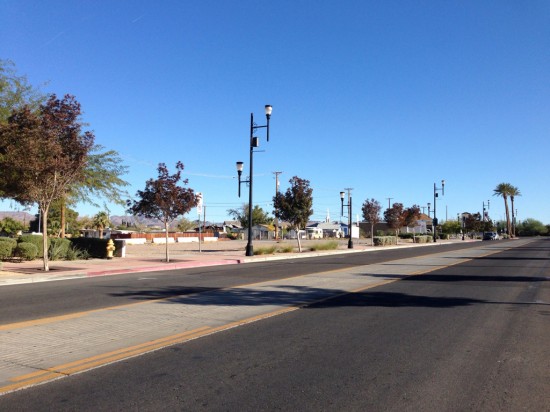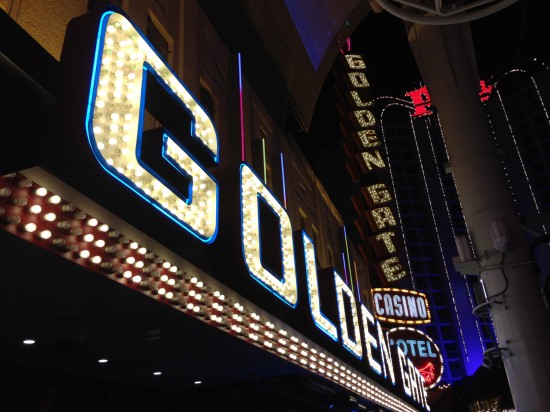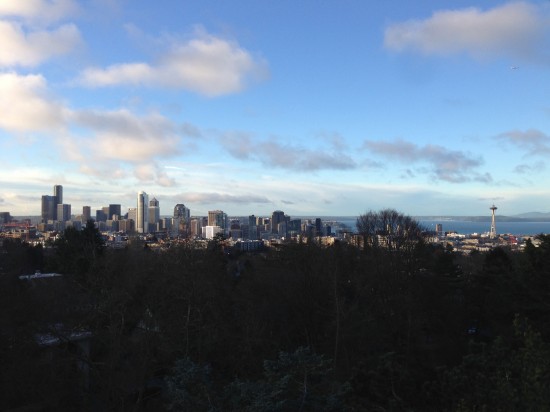So to wrap up the Lexington Modern series for now, I wanted to mention a few remaining gems of the Lexington area that deserved a honorable mention.
The Parkette Drive In

The Parkette drive in is a good example of a 50s drive in diner, when signs were a fantastic piece of art built for automobile viewing. If Robert Venturi and Denise Scott Brown wrote Learning from Lexington, this sign would surely be indexed. The food also features some interesting items, one is the hot brown burger, a cheese burger with a slice of turkey and alfredo sauce, that I enjoyed on my visit.
Location: 1230 E New Circle Rd, Lexington, KY
The Spaceship House

My friend, Jonathan, dubbed this the spaceship house. It's not something that I immediately warm to, but it's nice to see someone was thinking outside the box through some simple formal gestures. I feel this could have been the top of and small air traffic tower. I'd be interesting to see this adapted into a new structure, which could be a cool theory heavy building. The neighborhood also features some great mid century tract housing worth checking out.
Location: Mt Tabor Rd and Kasey Court, Lexington, KY
Southland Christian Church - Richmond Road Campus
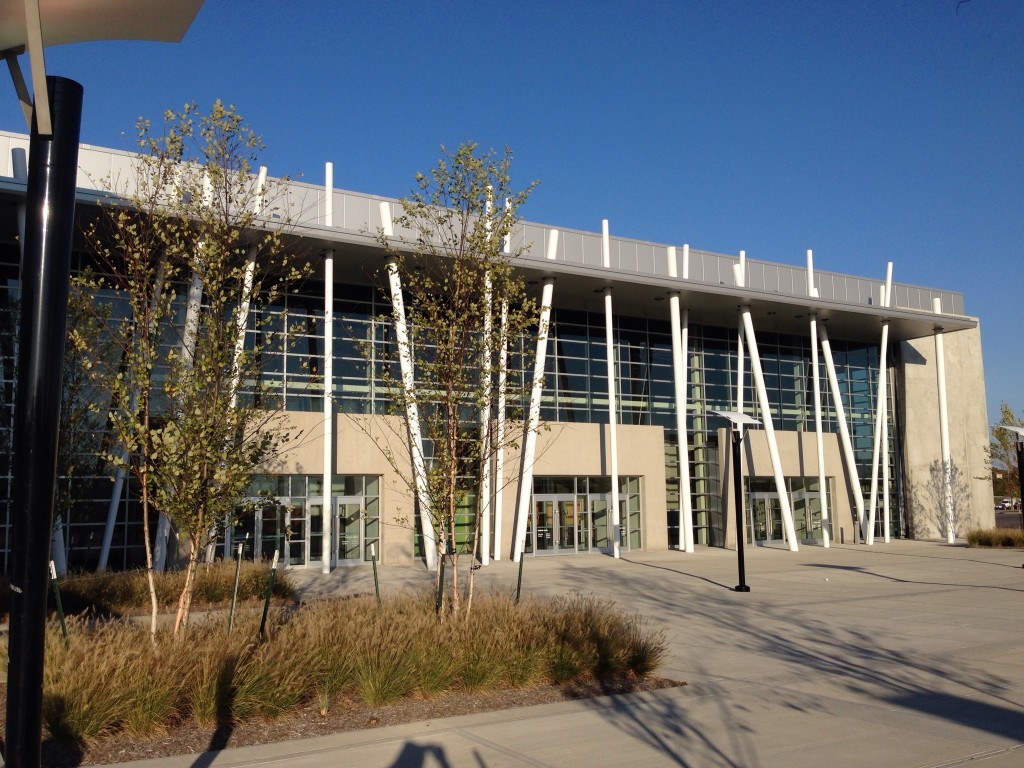
This Lexington mega church is mega modern. The Richmond Road campus for the Southland Christian Church is in a re-purposed mall building that features some super contemporary design worth noting. The use of contemporary architecture for the church reminds me of the Catholic church reformation back in 16th and 17th century. The Catholic church would use extreme Baroque architecture to lure in more followers and separate itself from it's counter reformation foes who practiced a simple architectural style. It's odd how the counter reformation is still living on in church architecture. At any rate, the church was locked when we stopped by so I didn't get past a peering into the main hall foyer.
Location: 2349 Richmond Road, Lexington, KY
Living Arts and Science Center Addition

Jonathan (the friend mentioned above) sent me an article in the Chevy Chase stating the Living Arts and Science Center is planning the ground breaking for a new contemporary addition. It's exciting to see a Lexington institution wanting to use modern architecture.
You can view more photos of these and other buildings from my recent trip to Lexington in this photo album.



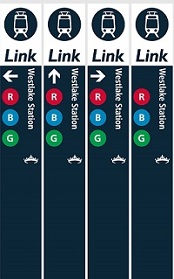

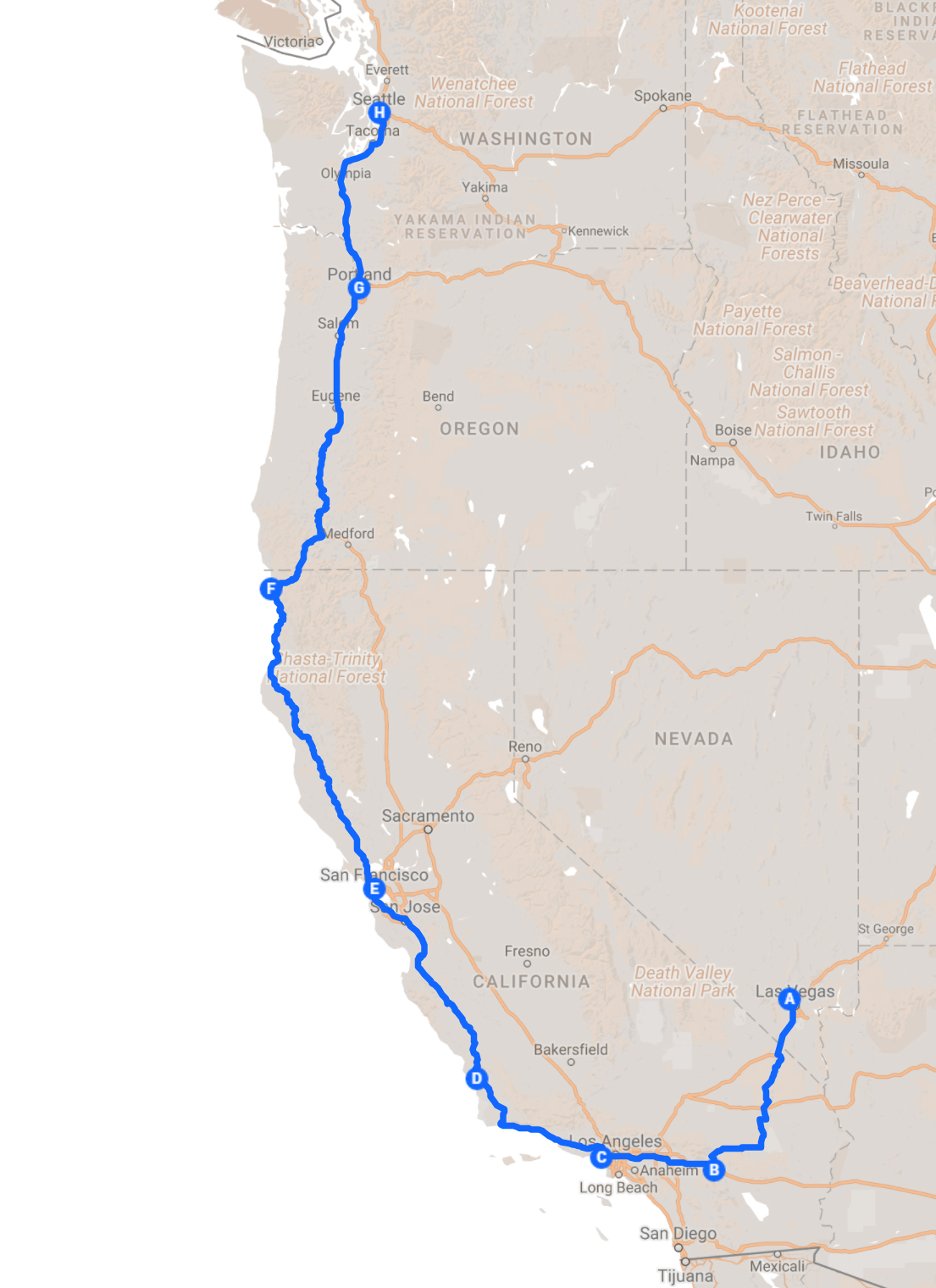
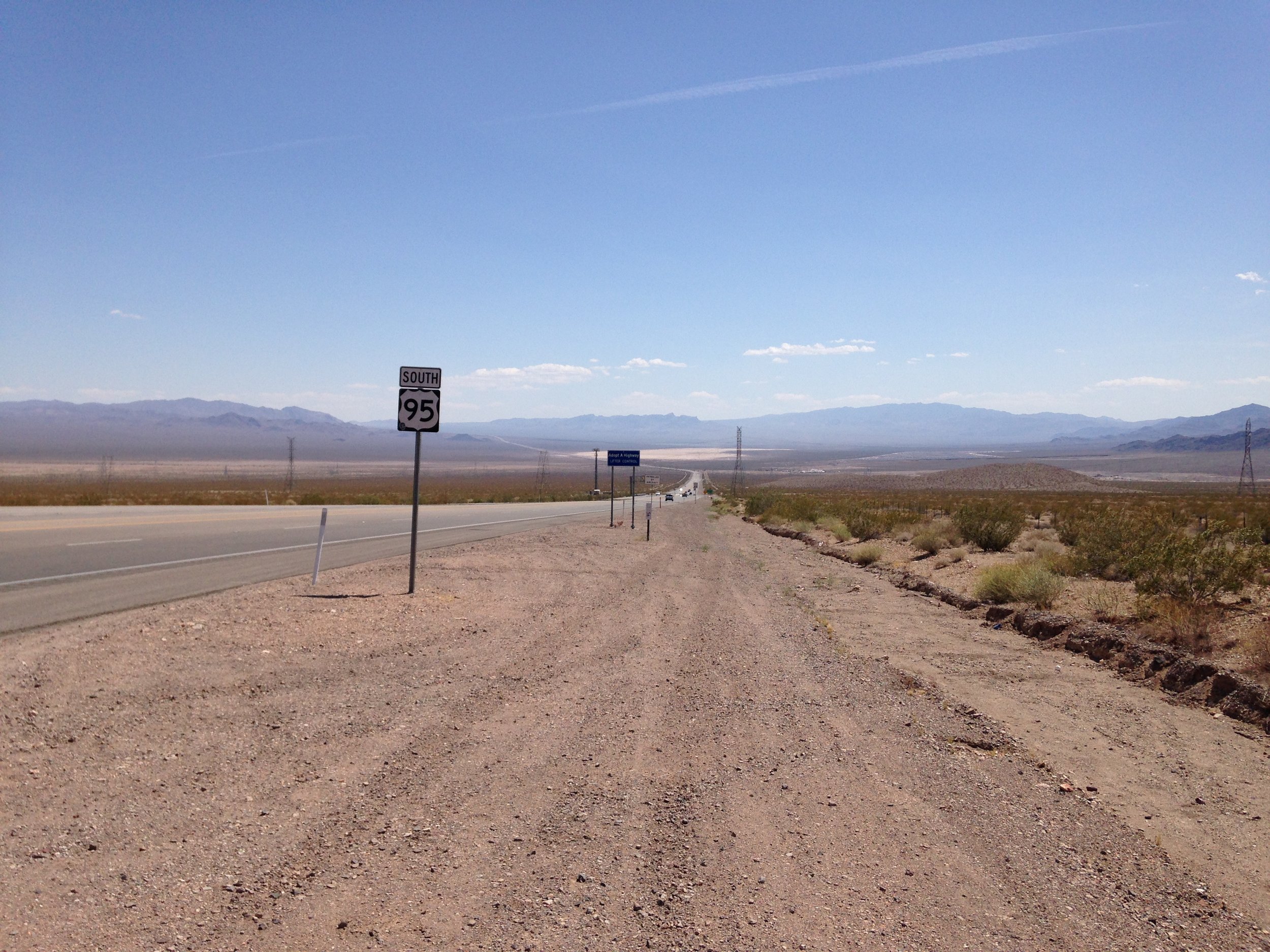

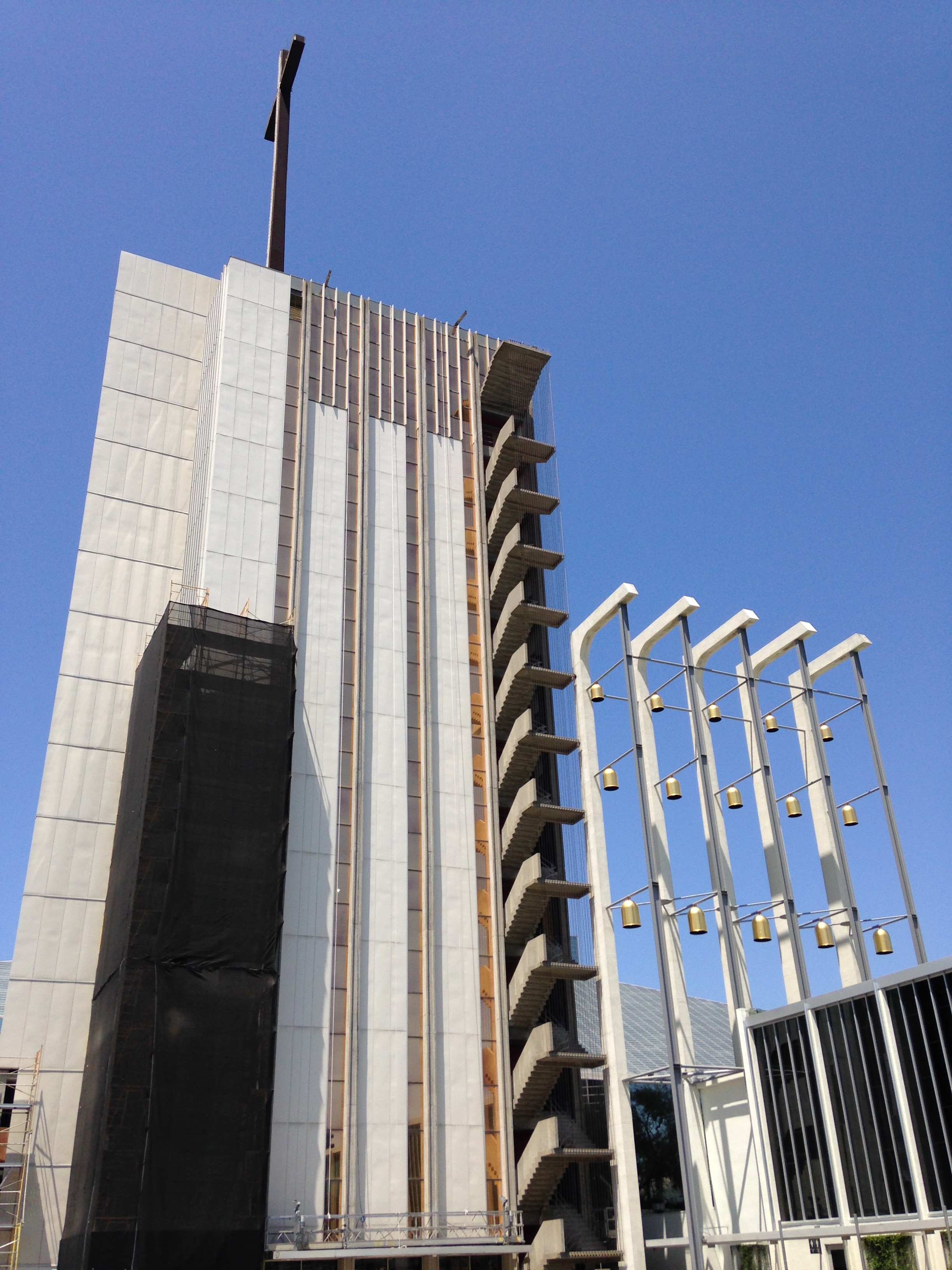
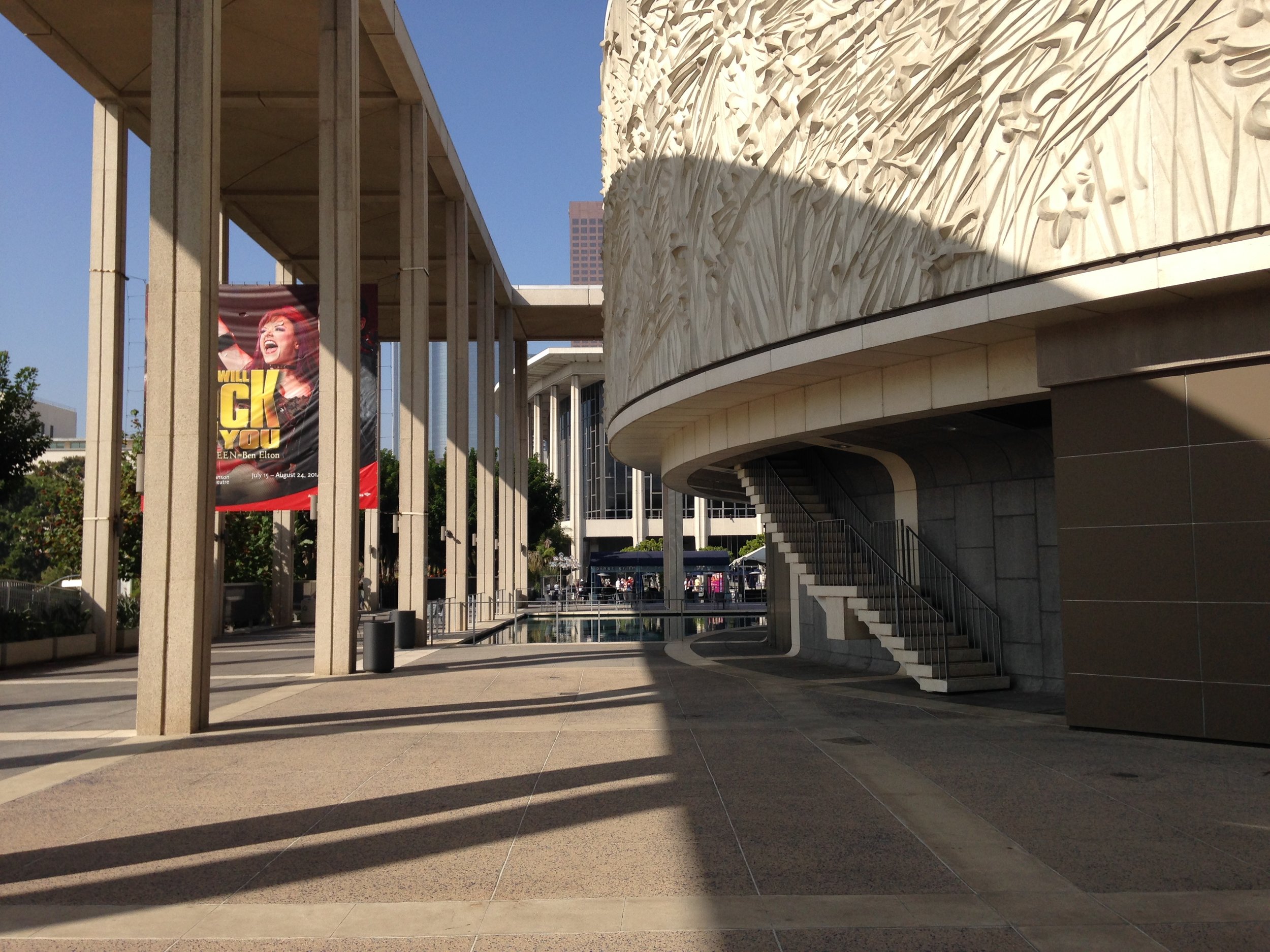


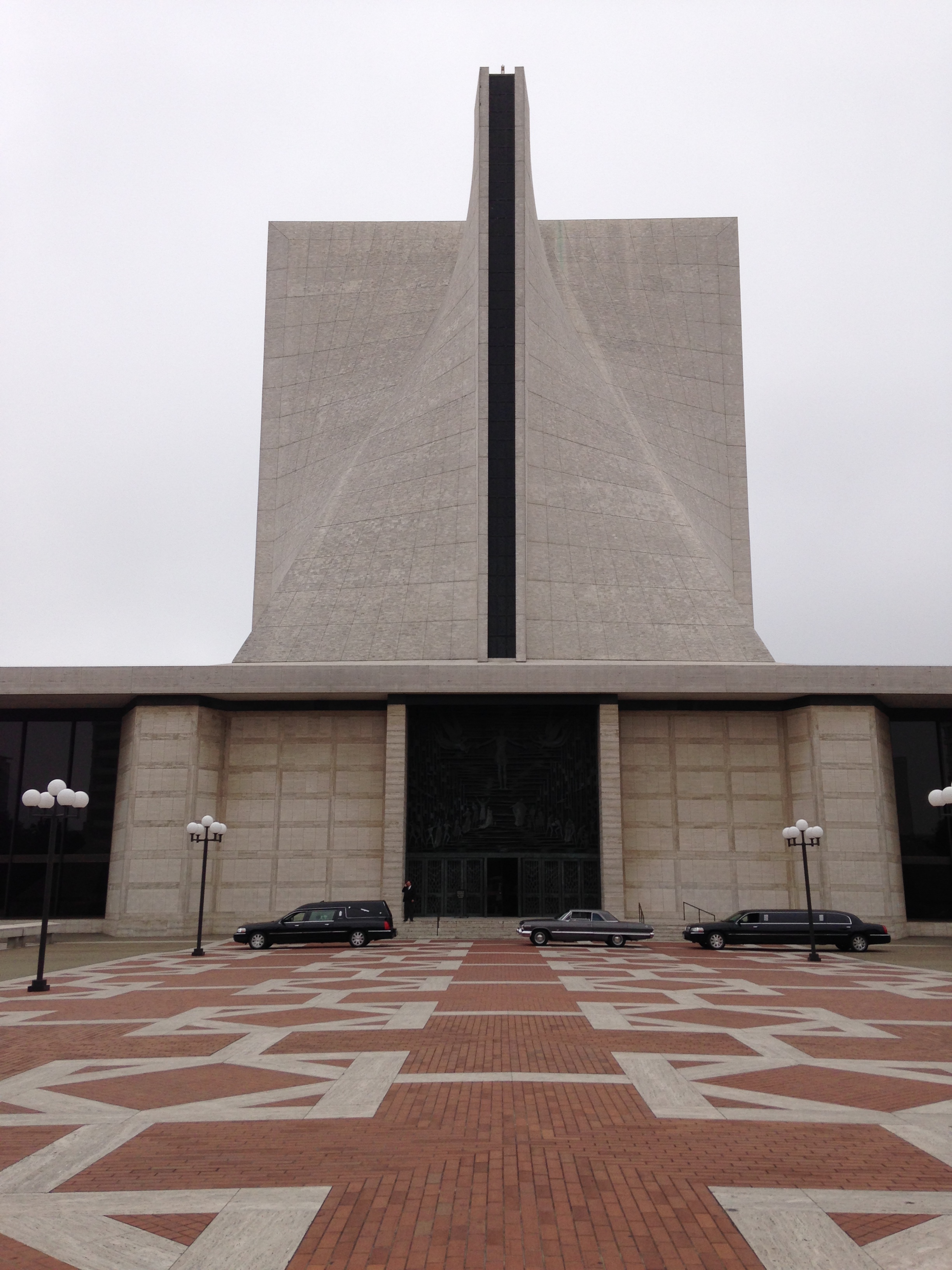





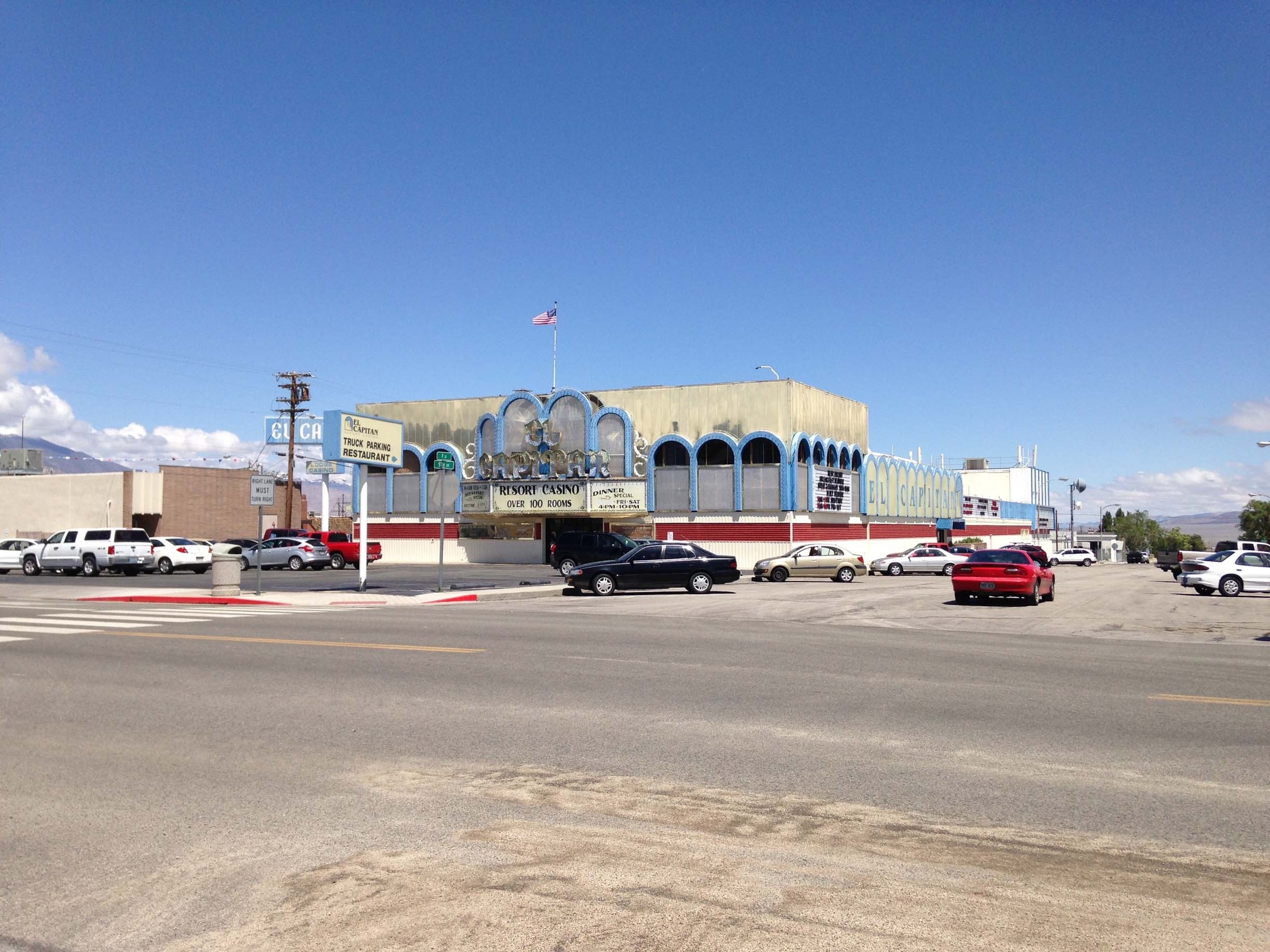















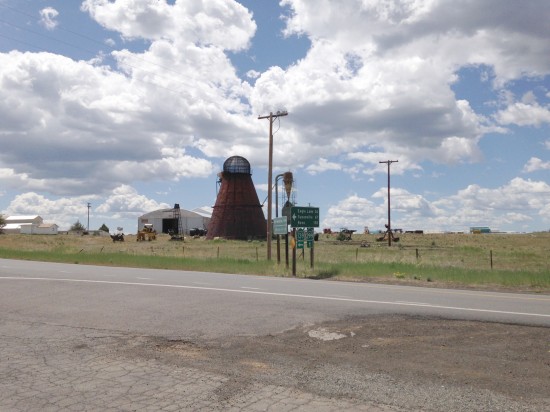



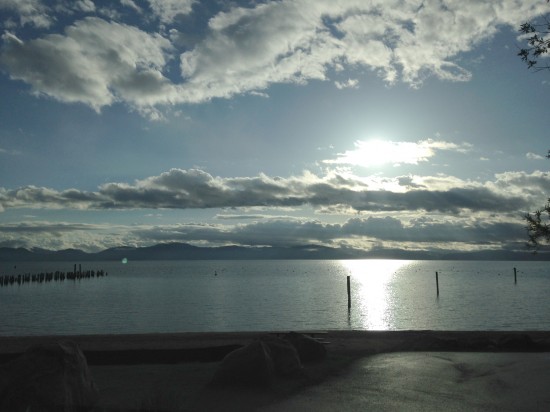
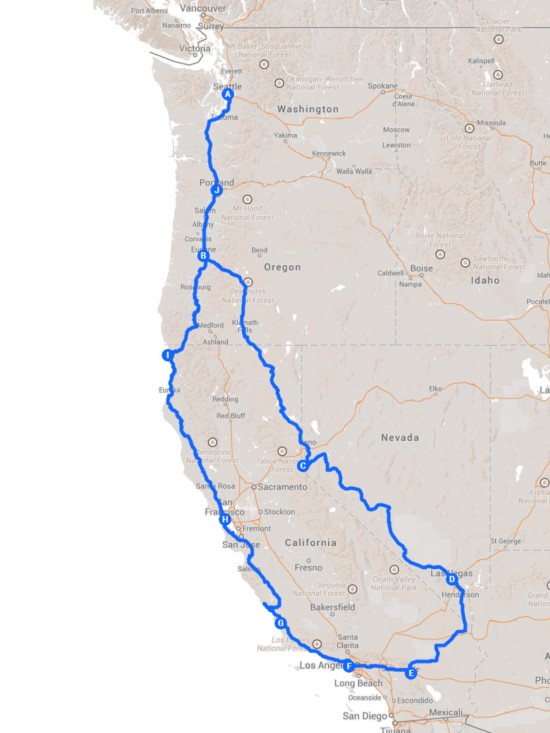
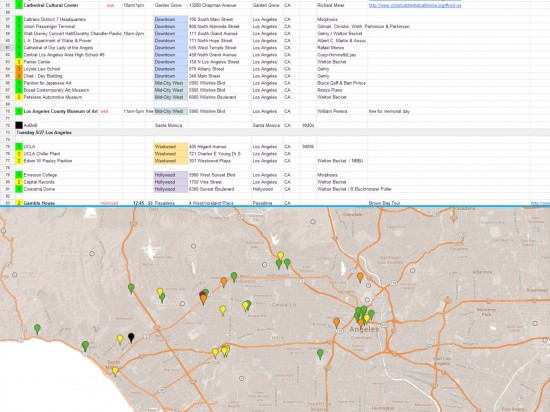
 You may say, "boy, I haven't seen many updates on Matt's blog lately." If not, humor me. I have lacked in the writing department in an effort to cram information into my head and later dispelling it to pass the Architecture Registration Exams. Studying for the test reminds me of the college days where I would sit in the library reading every possible thing a day before a test, only for this test it's every night for weeks and the material is comparable to the old encyclopedia book sets we had back in the day. I recently passed the exam entitled Programming, Planning, and Practice (PPP) and thought I would share with fellow ARE takers some items I found helpful for the test.
You may say, "boy, I haven't seen many updates on Matt's blog lately." If not, humor me. I have lacked in the writing department in an effort to cram information into my head and later dispelling it to pass the Architecture Registration Exams. Studying for the test reminds me of the college days where I would sit in the library reading every possible thing a day before a test, only for this test it's every night for weeks and the material is comparable to the old encyclopedia book sets we had back in the day. I recently passed the exam entitled Programming, Planning, and Practice (PPP) and thought I would share with fellow ARE takers some items I found helpful for the test.










